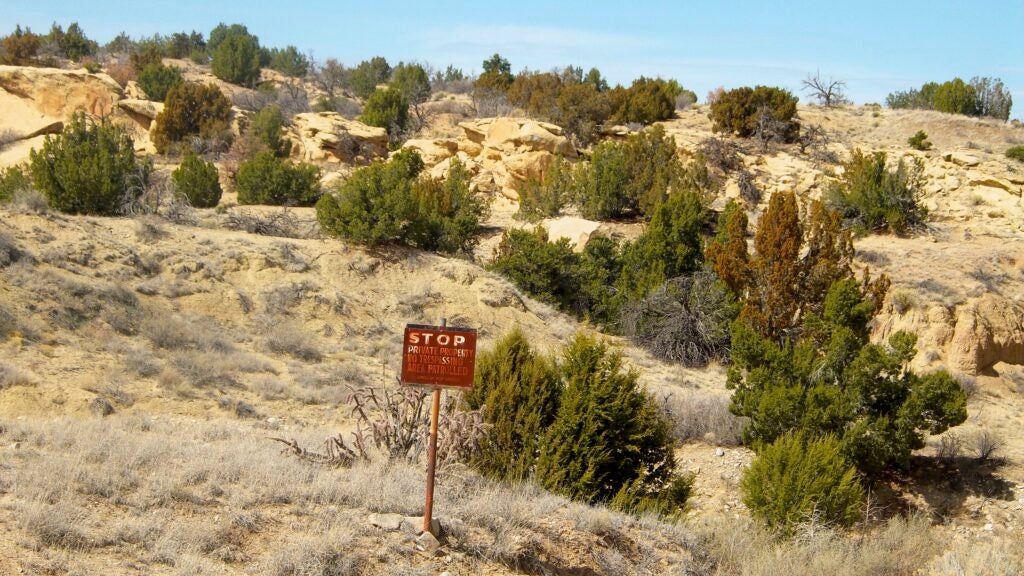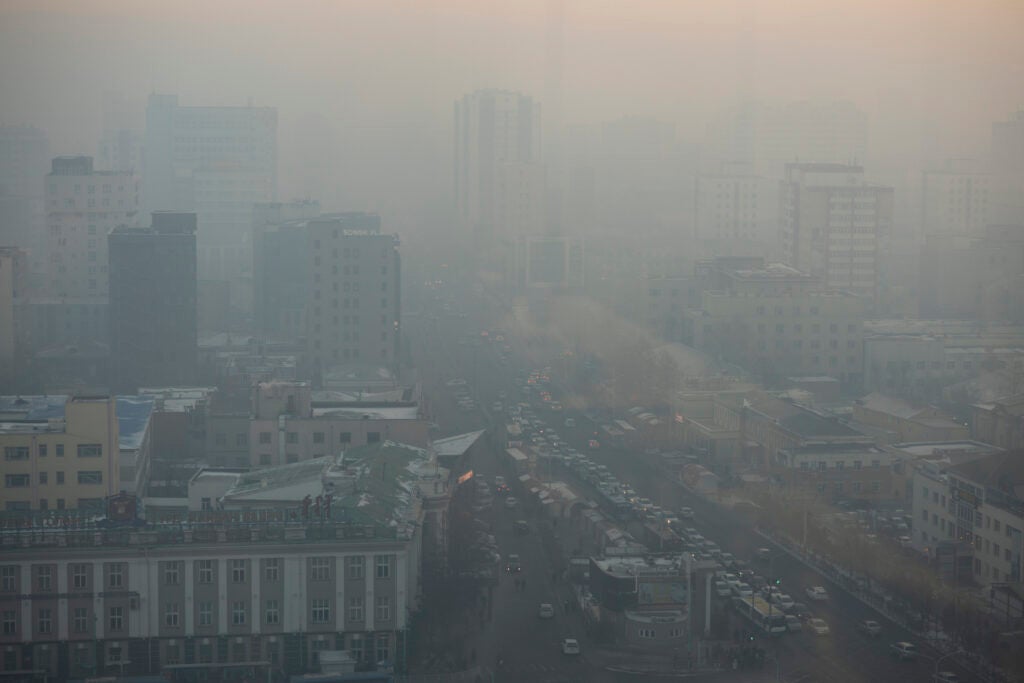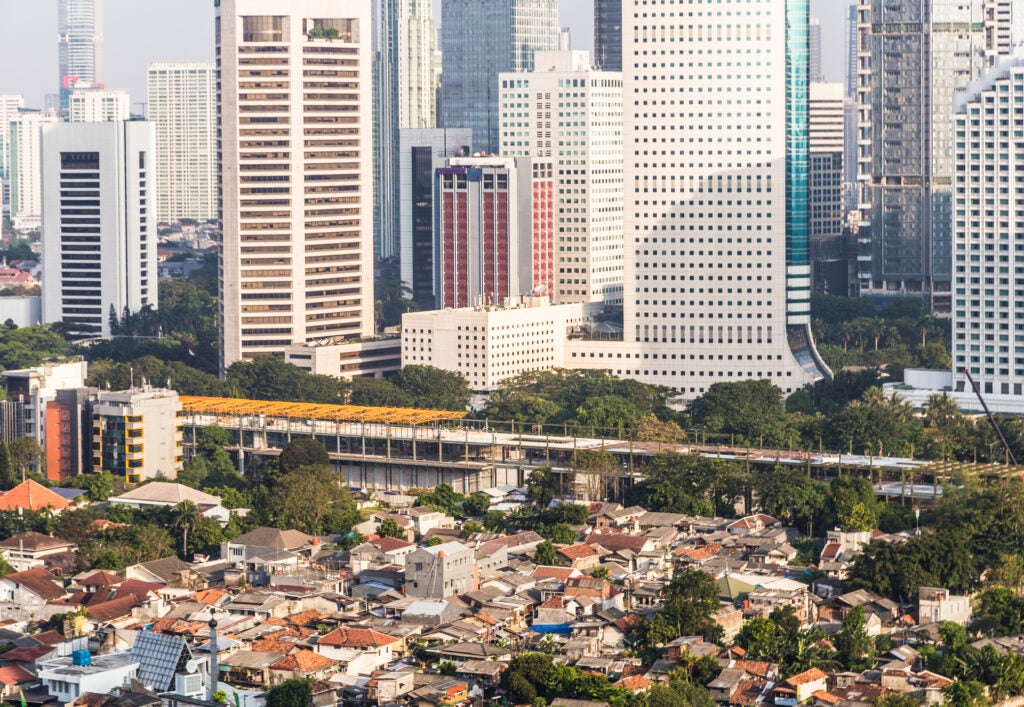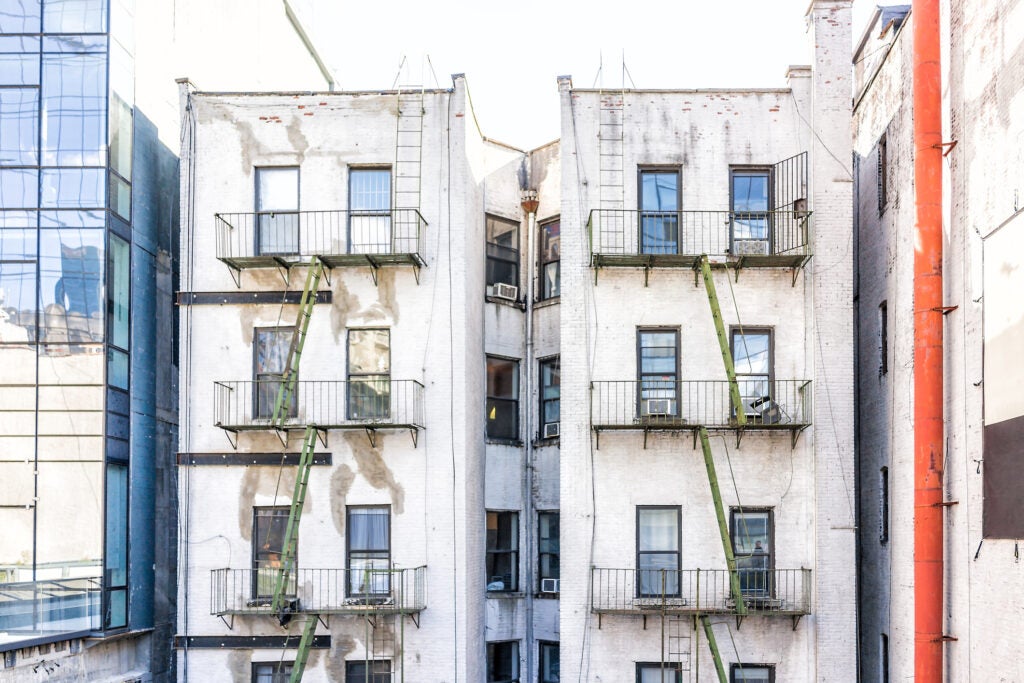
2021 Fall Student Blog Competition
Explore insights on a variety of topics from our fall 2021 student blog competition.
The below posts highlight the winners of our fall 2021 student blog competition. The insights tackle topics from air pollution in Mongolia, to energy justice in New York City, to mining in the Navajo Nation.
Competition Prompt:
In the midst of the global energy transition to sustainable power, we often focus on carbon emissions. However, sustainability is also determined by energy access, public health, community displacement, changes to employment, and other social factors. Simply put, a sustainable energy system must also be a just energy system. Please submit a short essay (600 words) that explores a facet of energy justice. Include specific examples of how energy and the energy transition is impacting communities now or in the future, how those impacts affect social equity and justice, and what we can learn about the relationship between the energy transition and social sustainability. Your essay can have a U.S. or international focus, highlight a specific community, or explore a specific element of the energy system.
First Place
Mining Indigenous Communities: A Long Legacy
Sheil Desai
Years after mining companies rushed into Navajo reservations in search of uranium, the communities are still dealing with a legacy of contaminated water. Looking forward to today’s clean energy transition, indigenous voices are vital so that the mistakes of the past are not repeated.
Second Place
Life with Pollution vs. Life in Poverty: A No-Win Dilemma
Evan Qiang
Curbing fossil fuel use can help alleviate air pollution. But in Ulaanbaatar, a shift from fossil fuels proved to increase class divisions and inequality
Third Place
Not Just Energy: Energy Policy and Citizenship Affirmation
Gaby Utomo
The energy transition is about more than technological progress. Progressive policies can spur positive change, which creates a more equitable society and extends beyond energy.
Finalists
Energy Justice for New York City
Eliza Nobles
Energy inequities are evident across New York City. As the city’s energy landscape changes, it is important to shape a grid that more justly distributes the costs and benefits of the energy system.
Energy Inequity in Low-Income Housing
Owen Frausto
Many federal initiatives have attempted to improve the efficiency and sustainability of America’s housing, but such policies often miss low-income households, who don’t always have the resources needed to take advantage of these programs.





